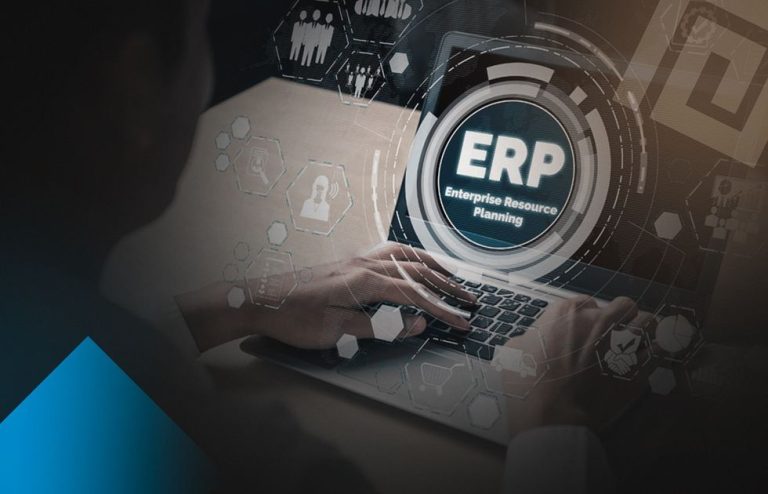Overcoming Common Challenges When Switching to a Cloud ERP System
Turning to a Cloud ERP (Enterprise Resource Planning) system is a big choice with lots of advantages including cost savings, scalability, and better efficiency. To guarantee a seamless implementation, companies must thus also handle many difficulties that the change process brings about. By means of knowledge and overcoming of these shared difficulties, companies may optimize the value of their Cloud ERP investment. Hong Kong’s competitive market drives companies to adopt erp hong kong to gain a technological edge and stay ahead. These are some main difficulties and approaches to solve them.
1. Resistance to User Adoption and Change
Employee resistance to change is one of the most often occurring difficulties while putting a new Cloud ERP system into use. Learning new software might cause many workers to be nervous if they believe it will interfere with their everyday activities or increase their burden. Companies should concentrate on user training and change management if they are to overcome this reluctance. Early in the process, involve staff members; explain the advantages of the new system; and offer thorough training courses to inspire trust. Gaining staff buy-in also depends on encouraging user comments and putting the training process into interactive form.

2. Integration Concerns and Data Migration
Moving data from old systems to a new Cloud ERP system can take time and be challenging. Critical issues throughout this procedure include data integrity, accuracy, and compatibility. Inaccurate or partial data in the new system resulting from poorly handled data migration might compromise corporate operations. Before migration, companies should do a comprehensive data audit, cleansing and standardizing data to guarantee it is correct and suitable for transfer, therefore addressing these difficulties. Leveraging automated solutions and working with seasoned data transfer experts helps to minimize mistakes and expedite the migration process.
3. Configuring and Customizing Difficulties
Although Cloud ERP systems have a lot of capabilities, they might not always exactly fit particular business operations. Customizing the system to fit certain corporate needs might be difficult and call for extra effort and money. Companies should thoroughly assess their needs and give top priority to necessary adjustments in order to handle this. Reducing the need for significant adaptations can be achieved by closely working with the ERP supplier to grasp the system’s configuration choices and, when practical, employing out-of-the-box functionality. This method not only facilitates implementation but also helps to keep the system in long run intact.
4. Controlling Program Spending
Changing to a Cloud ERP system might cost a lot of money including data migration, subscription fees, training, and maybe customizations. Unexpected expenses can tax resources and cause project delays. Companies should create a thorough budget including all possible expenses if they are to properly control implementation costs. Keeping expenses under control can be achieved by open conversations about costs with the ERP provider, search for fixed-price contracts, and cost-benefit study. Moreover, using the ERP system in stages helps to distribute expenses over time and provide improved financial control.
Cloud-based erp hong kong offer scalable solutions, supporting growing businesses with flexible and cost-effective options.

